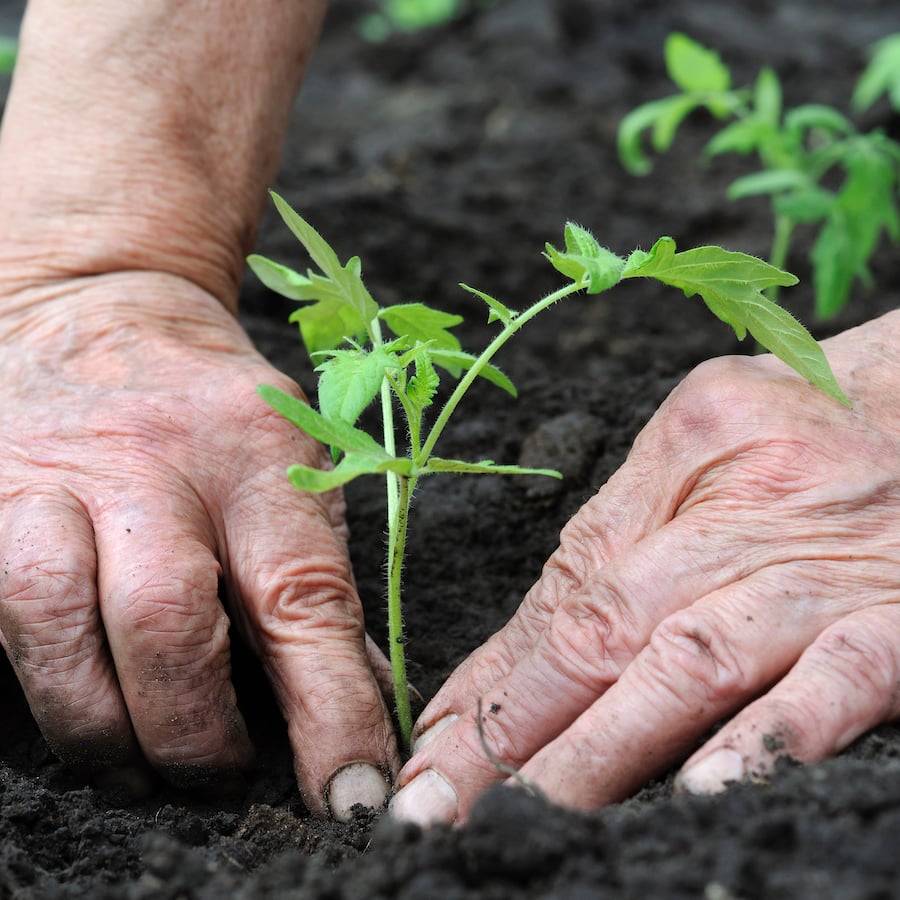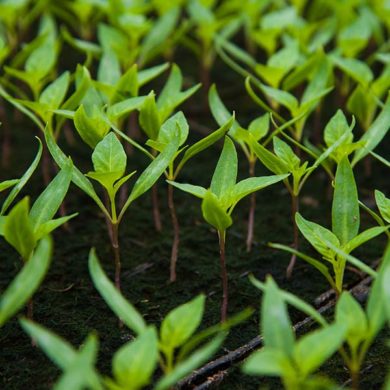To Study Plant Disease, Look to Cancer Research
December 11th, 2017
Report from Laura McIntosh, Ph.D., Vice President, Product Research and Development
To make the agriculture industry accessible to the everyday consumer, we often use analogies to explain complex products and issues. We’ve seen agricultural biologicals being called “plant probiotics," and we often liken the fermentation process we use to make our products to the beer or wine-making process. A recent article on GrowingProduce.com discusses analogies between medical research on human cancer and ways to handle plant diseases in agriculture.
In the article, plant pathology farm advisor Steven T. Koike begins by comparing the “pathogen-and-environment” analysis of plant diseases to the way medical researchers think about cancer cells in the human body. Cancer cells are the seeds, and the area of the body where the cancer cells take root is the soil. Koike argues that the two scientific fields share certain common, underlying principles and can learn much from each other. Instead of looking only at the cells themselves, medical researchers seek to understand the environment around the cells to determine why the cancer has attacked that area. Likewise, examining the environment around the diseased plant is just as important as studying the symptoms of the disease itself.
To illustrate his point, Koike describes a series of pathogens, both soil borne and foliar, and the environment that enables them. He makes a compelling case for adjusting environmental conditions to treat pathogens, and gives examples of some success stories. For example, using drip irrigation instead of overhead sprinklers on celery avoids the serious condition called late blight. The article is further proof that healthy soil (along with clean air, the correct levels of humidity and numerous other environmental factors) makes a fundamental difference in the overall health of plants. Read the article here.


